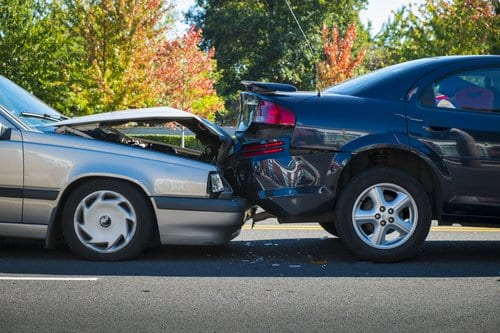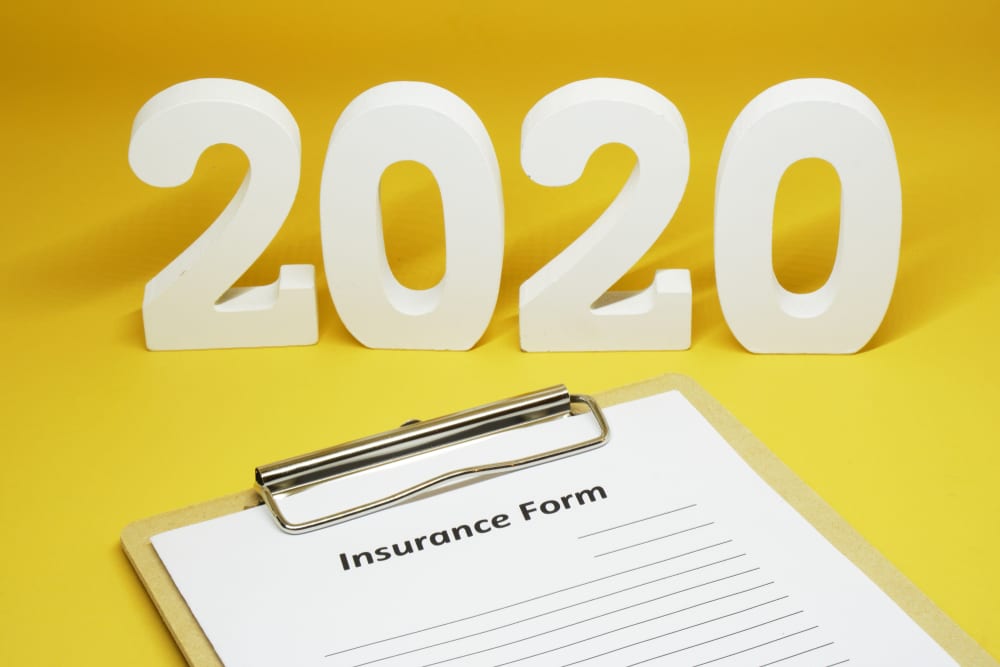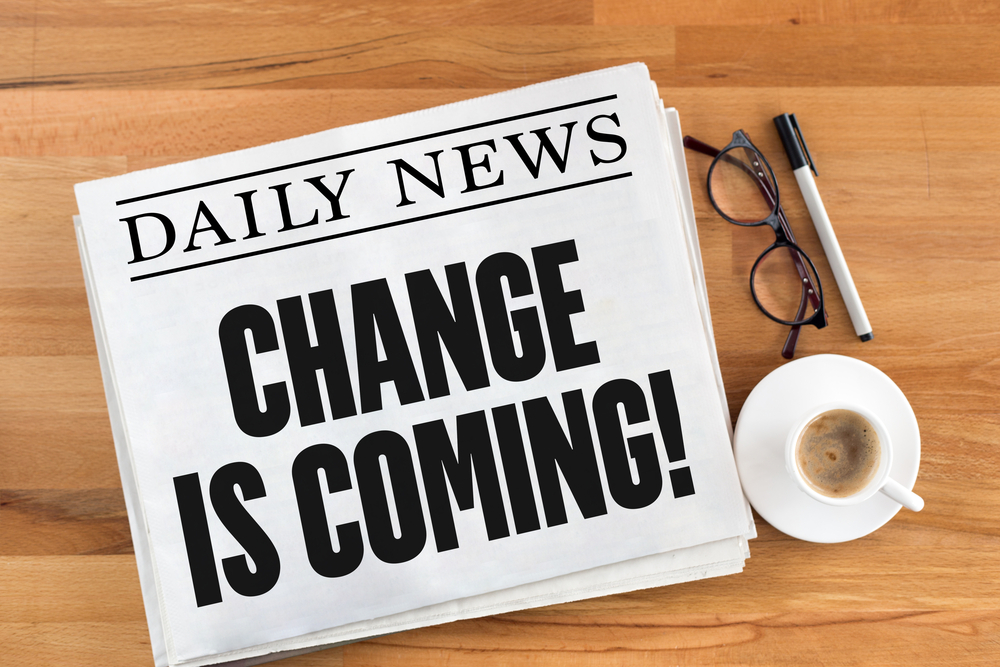When Should I take Pictures and Videos After an Accident?
When Should I take Pictures and Videos After an Accident?
Immediately. Many have heard the famous phrase “A picture is worth a thousand words,” and in many respects, that statement is true. If you have been in a severe accident, you can take pictures of your vehicle to show where it was hit and how much damage it took. But these pictures tell more than just a story of damage to the vehicle. If there is a dispute as to who pictures of the scene itself along with the damage to both your vehicle and the other vehicle can sometimes reveal the angle of the crash, the speed of the crash. Even pictures of debris on the ground (broken bits of your car or their car) can tell a story.
More than pictures of the vehicle, pictures of the other persons license plate, their drivers license, and pictures of their insurance card can be totally invaluable if you can get these pictures safely, as they will provide evidence of who was involved. Often, when liability, (that is when who is at fault is in dispute), pictures of this nature can be far more persuasive and provide positive evidence that simple testimony simply cannot.
And besides pictures of the vehicles involved, the scene, and the debris, there’s one other crucial aspect that pictures can shed a light on, the injuries to yourself. If you or someone you know can take pictures of your injuries, cuts, bruises, scrapes, and otherwise, these pictures can also go a long way to show the severity of your injuries.
Finally, videos. Dash cams, or simple videos taken after the crash can also be instrumental in showing what happened and how it happened. Just as with pictures, video can provide evidence that you may otherwise not have had and can show injury, fault, and provide context.
So, in short, when should you take pictures or video? Immediately, and with every injury you sustain.
John T. Schroder
Attorney at Law
Law Offices of Joumana Kayrouz, PLLC
314




